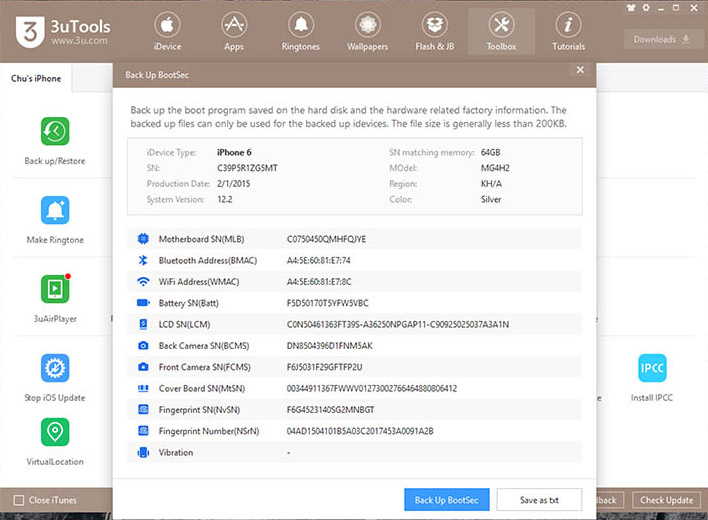In Windows there is a nice function similar to Little Snitch. Open up Windows Task Manager (one of the most important programs in Windows), then click on the Resource Monitor button. Click on the Network tab. This will show you all ports in use, TCP connections, active connections. Sep 02, 2019. Aug 24, 2011 Hello, I recently tried out little snitch on OSX and I was wondering if anyone knew of something similar for windows (7). I basically just need a firewall for my security, and I'd like that. Oct 26, 2004 Hi! Since I use SP2's firewall AND a router firewall, I really don't need another one. But I do want to have application control. Yea, I know I can install ZoneAlarm and disable everything except said feature, but not only do I feel it's kind of lame, it takes a huge RAM, its installation shoves files into my windows' folder and, in summary, I feel it's not more logical than installing DOS.
- Windows 10 Firewall Little Snitch Lyrics
- Windows 10 Firewall Little Snitch Lyrics
- Windows 10 Firewall Little Snitch Full
- Little Snitch Mac
- With Little Snitch the outgoing IP traffic can be controlled. The program analyzes the outgoing data in the background and, in the basic configuration, displays a window to which the triggering program, the IP protocol used and the destination can be taken.
- Windows 10 Firewall Control (sometimes referred to as Windows 8 Firewall Control, Windows 7 Firewall Control) was added by oralmud in Feb 2010 and the latest update was made in Jan 2019. The list of alternatives was updated Dec 2019. It's possible to update the information on Windows 10 Firewall Control or report it as discontinued, duplicated.
| Developer(s) | Objective Development Software GmbH |
|---|---|
| Stable release | 4.5 (March 30, 2020; 19 days ago[1]) [±] |
| Written in | Objective-C |
| Operating system | macOS |
| Available in | German, English, Chinese, Japanese, Russian |
| Type | Firewall |
| License | Proprietary |
| Website | https://obdev.at/products/littlesnitch |
| Usage | |
Little Snitch is a host-based application firewall for macOS. It can be used to monitor applications, preventing or permitting them to connect to attached networks through advanced rules. It is produced and maintained by the Austrian firm Objective Development Software GmbH.
Unlike a stateful firewall, which is designed primarily to protect a system from external attacks by restricting inbound traffic, Little Snitch is designed to protect privacy by limiting outbound traffic.[2] Little Snitch controls network traffic by registering kernel extensions through the standard application programming interface (API) provided by Apple.[3]
If an application or process attempts to establish a network connection, Little Snitch prevents the connection. A dialog is presented to the user which allows one to deny or permit the connection on a one-time or permanent basis. The dialog allows one to restrict the parameters of the connection, restricting it to a specific port, protocol or domain. Little Snitch's integral network monitor allows one to see ongoing traffic in real time with domain names and traffic direction displayed.
The application (version 4) received a positive 4.5/5 review from Macworld.[4]
References[edit]
- ^'Release Notes – Little Snitch'. Retrieved March 31, 2020.
- ^'Little Snitch 4'. Retrieved July 20, 2019.
- ^Little Snitch 3 - Documentation. Objective Development Software GmbH. 2013.
- ^Fleishman, Glenn (September 8, 2017). 'Little Snitch 4 review: Mac app excels at monitoring and controlling network activity'. Macworld. Retrieved July 20, 2019.
External links[edit]
- Official website
Retrieved from 'https://en.wikipedia.org/w/index.php?title=Little_Snitch&oldid=929591356'
 Download
DownloadWindows 10 Firewall Little Snitch Lyrics
With Little Snitch the outgoing IP traffic can be controlled. The program analyzes the outgoing data in the background and, in the basic configuration, displays a window to which the triggering program, the IP protocol used and the destination can be taken. By default, Little Snitch grants only system services outgoing IP connections without consultation. Other programs force it to wait for the user to answer a query dialog. For example, individual programs can be prevented from sending unauthorized information to the manufacturer.
In the dialog that appears, you can set permanent or temporary rules with just a few clicks (for example, only for the duration of a program) so that, for example, certain programs can only address specific servers via specific IP protocols, while others are never allowed to make calls outside. The rules accumulated in the course of time can be managed in a separate window, so also delete or change as needed. For the operation, however, good IP knowledge is required. Otherwise you can easily disable system services and thus impede your own Internet access. (dz)
Windows 10 Firewall Little Snitch Lyrics
You can free download Little Snitch and safe install the latest trial or new full version for Windows 10 (x32, 64 bit, 86) from the official site.
Windows 10 Firewall Little Snitch Full
Devices: Desktop PC, Laptop (ASUS, HP, DELL, Acer, Lenovo, MSI), Ultrabook
Little Snitch Mac
OS: Professional, Enterprise, Education, Home Edition, versions: 1507, 1511, 1607, 1703, 1709, 1803, 1809

